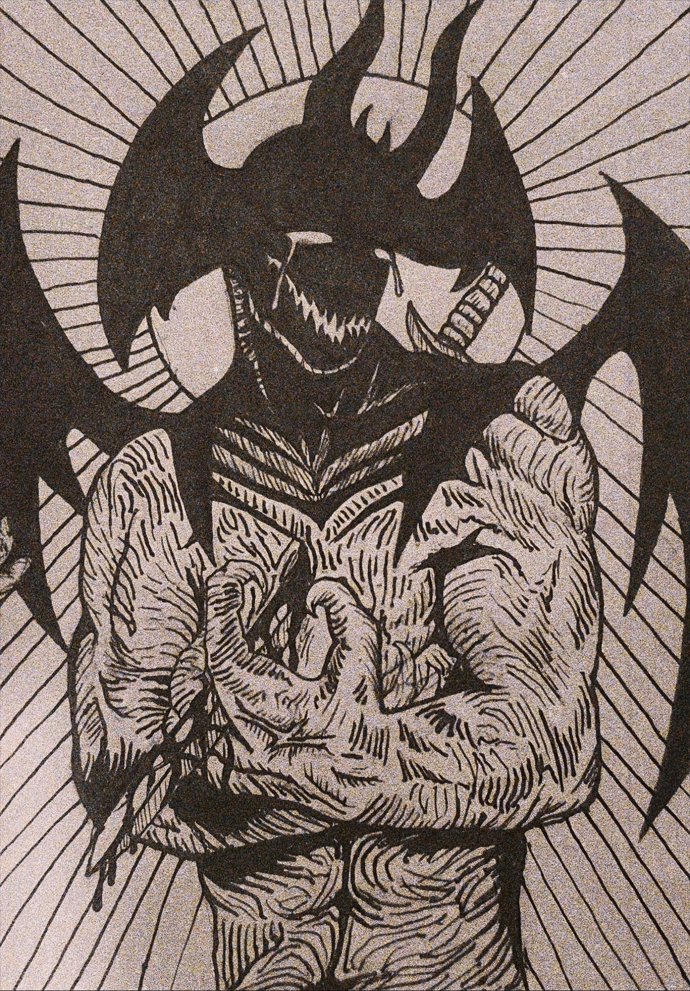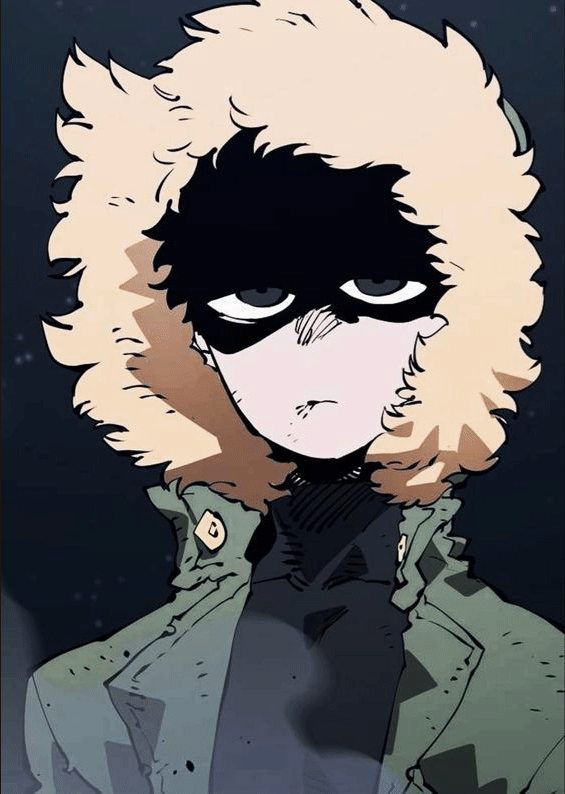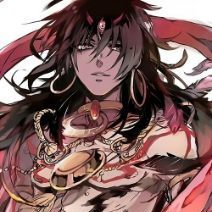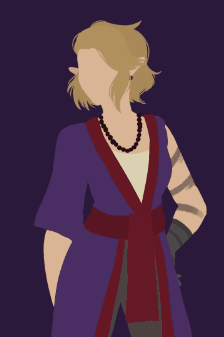-
Popular Topics
-
Topics
-
Recent Status Updates
-
Options
Options
-
this is just a thought idk if anyone else agrees... but my fav type of woman archetype is the woman is strong through her femineity, rather than being strong due to being more masculine.
-
People who want to be Heroic need to be braver; most of the Antags on the server LET YOU live if you lose because you’re a more interesting and fun person to be set up against; the only times you die usually is if you are annoying, cowardly, or incredibly plot relevant to be killed.
-
Where now the horse and the rider? Where is the horn that was blowing?
Where is the helm and the hauberk, and the bright hair flowing?
Where is the hand on the harpstring, and the red fire glowing?
Where is the spring and the harvest and the tall corn growing?
They have passed like rain on the mountain, like a wind in the meadow;
The days have gone down in the West behind the hills into shadow.
Who shall gather the smoke of the dead wood burning,
Or behold the flowing years from the Sea returning?
No Recent Status Updates -
Options









Recommended Posts